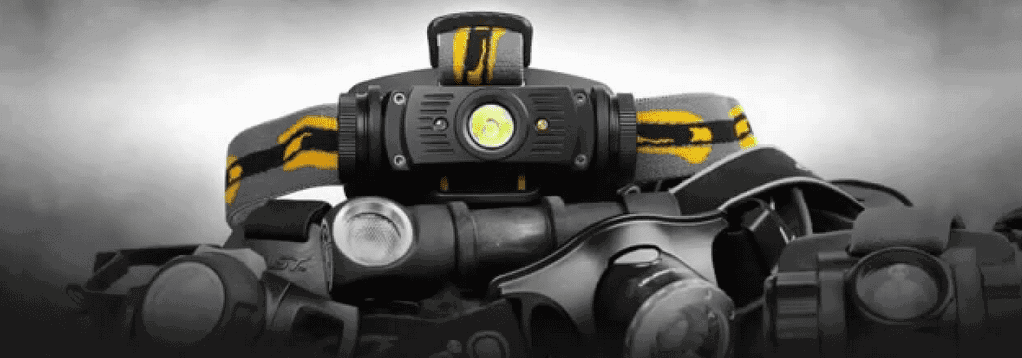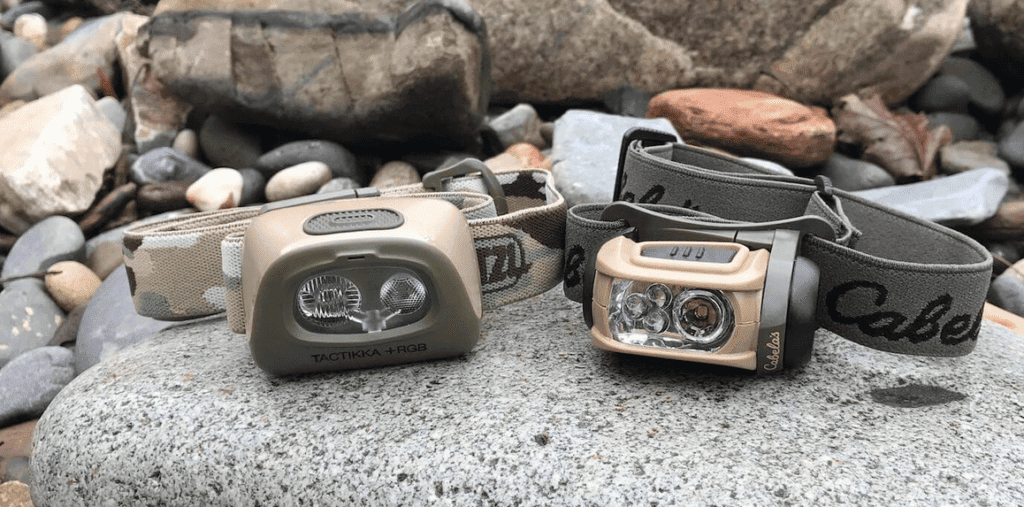Technological progress has a tendency to creep up on people and because of this, the technology phenomenon as a whole has what could be defined as a PR problem.
The usual flow is broadly the following: a scientific theory is formulated, then experimentally proven while the scientific community probes and reviews the paper, the results, and the methodology involved.
If all is well and rock solid, at this point the press and media will pick up the story and claim that a new technological breakthrough has been made and this one will change our lives forever.
Then…complete silence for a few years while the discovery slowly fades away from the public memory and new ones take the spotlight.
At this point it might seem that the idea is discarded and heading towards a sort of scientific graveyard, but in reality the opposite is generally true.
In itself, a theoretical concept that has been experimentally proven in a controlled environment doesn’t have much practical use but give engineers and product designers a few years and these unsung heroes will have consumers use the tangible results of the scientific theory without even realizing it.
This process however takes time, effort, brilliant ideas and imagination. Most of the times it also requires several other scientific discoveries to be put together to allow the creation of a final product.
Why Am I Here
I will give you a specific example, which is what actually prompted me to ponder on this topic and the subsequent writing of this article: about a week ago I was looking to buy a headlamp to take with me in my hunting trips.
Since I cannot just get the first one I lay my eyes on, I needed to do some research and at this point I realized that I actually didn’t know that much about these headlamps. What are their main features? What should I be looking for and what is a deal breaker?
So, I did what any normal person would and searched for “best headlamp for hunting” and started from there. After a few hours, I had made my choice but in the process I came to realize just how many crucial technologies and scientific discoveries went into creating a what is now a rather mundane product that most of us are using without ever looking “under the hood”.
Technology Behind the Headlamp
First you have the obvious LEDs, which, on most headlamps, emit a white light. LEDs work based on a scientific phenomenon called “electroluminescence” which was discovered in 1907. However, the first LEDs were actually invented in the ’60s, producing only red light and costing about 200$ each.
In ten years time, thanks to new technological discoveries and improved production methods, the price dropped to a few cents and the size to a few mm. In the 70s green LEDs were also invented, while further improvements to brightness would be made as well.
Last piece of the puzzle, the blue LEDs, came in the ’90s which finally allowed for white LED light to be formed. All in all, it took about 100 years from the discovery of the principle to designing a component that is part of products in nearly all households in the world.
Due to the long timespan and arduous development process, most people are completely oblivious of how much it took to go from a dry scientific theory to a component that is so small and cheap and efficient that it can be used on everyday products such as headlamps.
But the lights are only the tip of the iceberg: on most hunting headlamps these are powered by Li-ion batteries, another technological marvel which forever changed our lives.
However, batteries themselves are by no means a new or modern concept, considering the first were invented in the 19th century, in the form of voltaic piles and the theoretical science behind them is basically an accumulation (pun intended) of multiple principles and scientific laws revolving around electricity and electromagnetism.
First Li-ion batteries were designed in the ’70s and were the size of a car battery, making them rather uncomfortable to carry around as power source for a headlamp.
But continuous development, parallel advancements in materials technology and miniaturization and multiple iterations resulted in a small, lightweight and cheap rechargeable power supply that can be used in mundane objects, without most of us ever noticing.
Lastly, tying everything together is the nowadays demonized plastic. I won’t be discussing how bad we are at managing the waste resulting from this component but rather take a brief look at its history: the first artificial, man-made, plastic was developed in mid 19th century but it wasn’t until 1960s that it saw truly widespread use and popularity.
Nowadays we could hardly imagine our lives without plastic, to such an extent that we’re currently facing some huge environmental issues due to its almost inconceivable prevalence.
However, even in this case, the road was long and took many long years before the adjacent technologies and discoveries were in place as well as achievening the necessary production efficiency.
By this point you’ve surely noticed the pattern so I won’t further detail each component or feature such as USB charging and standardization or special paints and their technological history.
My simple search for the “best headlamp for hunting” has taken me on a bit of a scientific trip and eventually lead to the conclusion that we should come to terms with the fact that most times it takes a few good years between a new revolutionary idea or discovery and eventually its implementation as a practical product that is used en masse.
Luckily we’ve been doing this for quite a while so there’s a sizable “backlog” of incredible discoveries which are reborn every day in their tangible form and this process has been accelerating thanks to things such as standardization, improved practices or a little thing known as the digital revolution.








